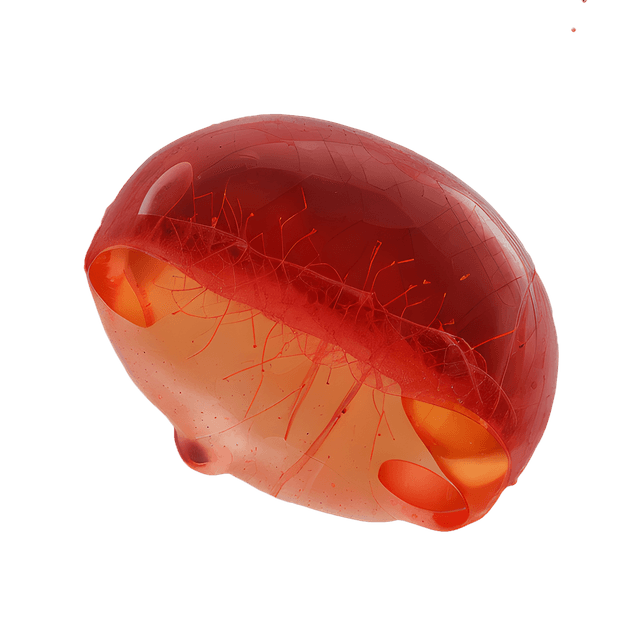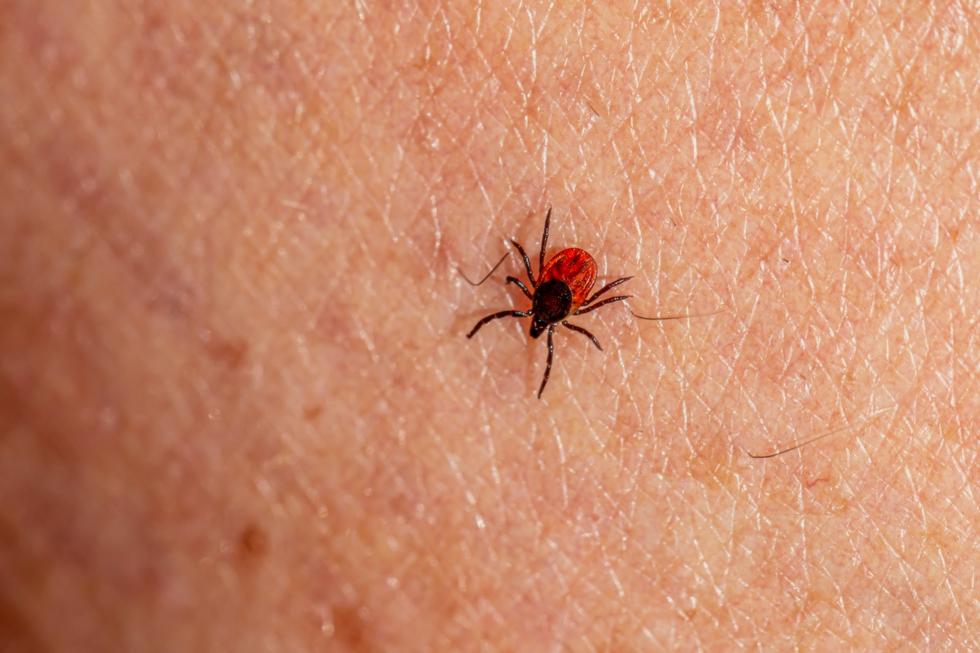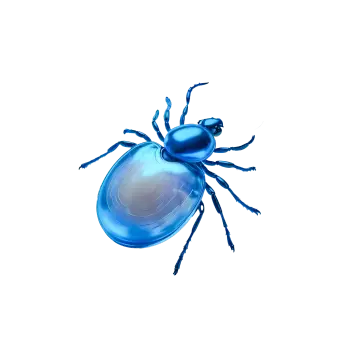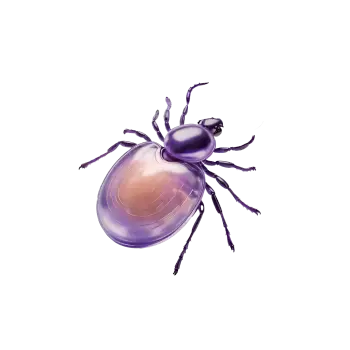Quick version
10 frequently asked questions and answers about ticks and tick bites
Here we have collected the ten most frequently asked questions about ticks and tick bites, you will also get advice and recommendations on how to best protect yourself and knowledge about risk areas in general for ticks.1. How do you remove a tick?
Guide – how to remove a tick

To remove a tick, use a tick remover or tick tweezers.
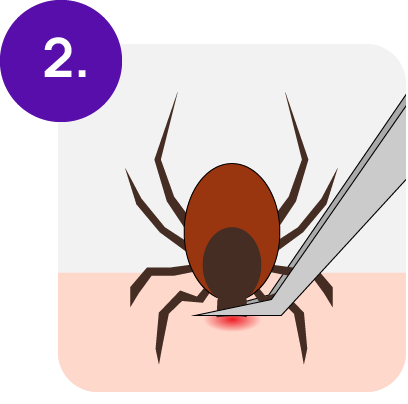
It is important that you grab the tick as close to its mouthparts and as close to the affected skin as possible.

Once you have a good grip, pull straight out without twisting the tick remover.
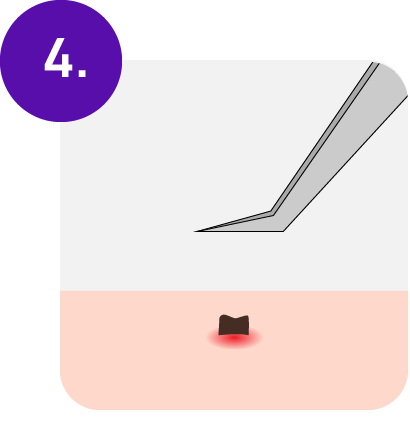
You can try to remove any remaining parts with the remover. If the head is still attached, you don't need to worry, the body will reject it on its own.

Then clean the skin where the tick has been with soap and water or disinfectant.
2. What are the symptoms of Lyme disease?
- The most common sign of an early Lyme disease infection is a ring-shaped skin rash – erythema migrans. The rash often has a red border and is larger than 5 cm. It is the most typical symptom of Lyme disease infection.
- General symptoms such as fever, headache, fatigue and muscle aches are also common in the early stages.
- If the infection spreads to the nervous system (neuroborreliosis), symptoms such as severe joint pain, facial paralysis or heart problems may occur. This requires prompt medical treatment with antibiotics.
3. What are the symptoms of TBE?
- Nausea, stiff neck, dizziness, fever and headache are common symptoms of TBE (tick-borne encephalitis).
- Sometimes TBE can cause more serious neurological symptoms, which can include everything from confusion, balance problems, paralysis and seizures.
- In more severe cases, the disease can also lead to impaired consciousness, and the patient may need intensive care. In some people, permanent neurological damage can occur, such as difficulty concentrating, memory problems or fatigue that also persists for a long time.
4. How do you know when to seek medical attention after a tick bite?
- If there is redness that is larger than 5 cm after about 1 to 4 weeks, it is a good idea to seek medical attention to investigate whether it is a Lyme disease infection.
- Other symptoms to keep an eye on are if you have a fever, headache or fatigue and suspect that you may have been infected with TBE or Lyme disease.
- You should seek medical attention immediately if you suspect TBE or Lyme disease and experience a stiff neck or paralysis.
5. Is there a vaccine against TBE?
- Yes, there is a vaccine that is very effective against TBE. This is recommended for both children and adults who live in or will be in risk areas.
- There is no vaccine against Lyme disease, if you become infected you will be treated with antibiotics.
6. Is it dangerous if the tick's head is still attached?
Sometimes you can't remove the entire tick and the head is still attached. If this happens, it is usually harmless, and the risk of infection is not increased by this. The body expels the head itself. You can try to remove the remaining remains with clean tweezers or a needle.
7. Where are ticks found in Sweden?
- Ticks are mainly found in forest and grassy areas and are most common during the period March–November.
- If you are in Götaland, Svealand, Öland, Gotland or on the west coast, you are at greater risk of being bitten by a tick than in other parts of the country. Read more about risk areas for tick bites here.
- Since ticks can come with pets, it is important to check their fur carefully.
8. How do you protect yourself from ticks?
- To best protect yourself from ticks, it is a good idea to wear light-colored, fully covering clothing. Feel free to tuck your pants into your socks for extra protection.
- After spending time outdoors, it is important to also check your body for unwanted insects.
- Use tick repellent that protects against ticks, ask the staff at your pharmacy for advice.
- If you have pets, it is important to also check their fur for unwanted insects.
9. What does a tick bite look like?
- If the tick has managed to bite into the skin, a slight redness and itching normally occurs. The tick is then located in the center of the redness.
- If the rash is a ring-shaped rash, it is a sign of Lyme disease.
- An infection is indicated by the following symptoms such as fever and fatigue.
10. How quickly are Lyme disease and TBE transmitted?
Both Lyme disease and TBE are diseases that can be transmitted from ticks to humans.
- Lyme disease: The bacteria are usually transmitted after the tick has been attached for 24–48 hours.
- TBE: The virus can be transmitted directly by a bite, as the virus is found in the tick's saliva.
Do you suspect Lyme disease or TBE? Or do you want to check your antibodies?
Through blood tests, you can get answers about the presence of your antibodies against Lyme disease and TBE – both IgM (signs of ongoing infection) and IgG (signs of past infection or vaccination). For TBE, the IgG antibodies can also give a good indication of whether your vaccination against TBE has provided good protection. Here you can read more about blood tests regarding TBE and borrelia.






